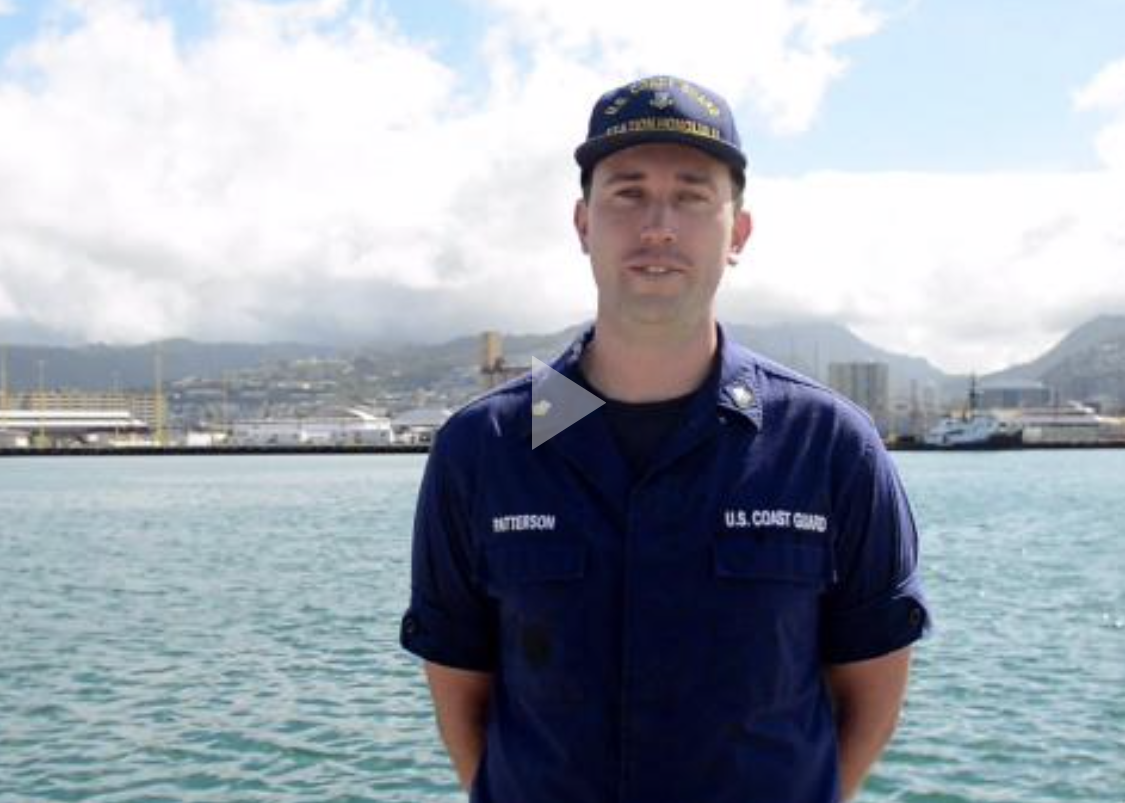Video Available: Sector Honolulu highlights waterways safety for National Safe Boating Week
U.S. Coast Guard sent this bulletin at 05/20/2020 10:59 PM EDT
| News Release |
U.S. Coast Guard 14th District Hawaii and the Pacific |
Sector Honolulu highlights waterways safety for National Safe Boating Week
Editors' Note: Click on image to download high-resolution video.
HONOLULU — The Coast Guard takes the middle of May each year to remind boaters of safety as they take to the water, which is no less important in the Pacific.
Officially National Safe Boating Week is Saturday, May 16, through Friday, May 22, this year. It dates back to 1949, when Mr. Steve Sadowski, a Coast Guard Auxiliarist, helped organize a Courtesy Marine Examination (now termed Vessel Safety Check) weekend, which led to the idea of a Safe Boating Week. The message then is the same as it is now: please boat safely.
According to the Coast Guard Office for Prevention Policy, the two most important things you can do: wear a life jacket and undergo a vessel safety check.
Year after year, the statistics stay alarmingly the same nationwide, although lower in Hawaii and Guam, 80 percent of boating deaths are from drownings, and 80 percent of drownings are persons who are not wearing a life jacket.
"Boating around the Hawaiian Islands is a unique and exciting experience. Almost immediately after pulling away from a pier, you can find yourself in the open ocean. The water drops off significantly faster than the continental United States, and your vessel begins to be affected by open ocean currents and winds,” said Lt. j.g. Bradley Mcnell, Coast Guard Sector Honolulu.
Preparation is one of the best things a mariner can take to ensure safety. Check out these tips:
- Take a boating safety course to gain knowledge of potential hazards and your responsibilities as a mariner.
- Check the weather prior to getting underway and routinely throughout your voyage.
- Carry as much safety equipment as possible, at the very minimum have the appropriate number of Coast Guard-approved life jackets for everyone on board.
- Flares, a GPS, and an Emergency Position Indicating Radio Beacon (EPIRB) are also highly recommended.
- Finally, ensure you have reliable communications equipment and a plan to keep the equipment charged throughout your journey.
As a reminder, close to shore, cell phones can be great, but they can never replace a VHF radio for hailing the Coast Guard on Channel 16 in distress and emergency situations.
Many people enjoy our waters from a kayak, paddleboard, surfboard, or other recreational watercraft. Attaching an “If Found – Contact” sticker can help avoid unnecessary searches when these craft are lost or unintentionally set adrift, ensuring Coast Guard and local responders can focus resources aiding those in distress. These free, waterproof stickers can be obtained by contacting your local Coast Guard Auxiliary. https://bit.ly/D14Aux
-USCG-


